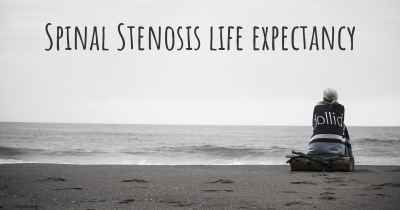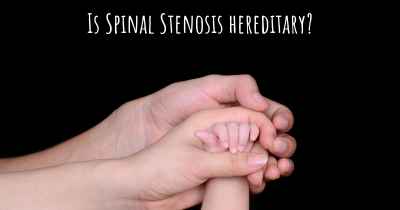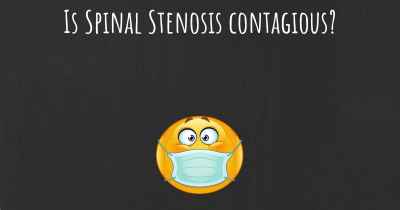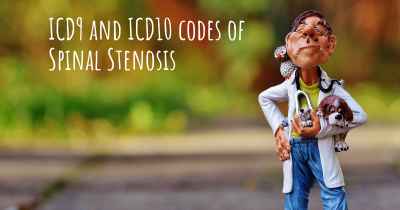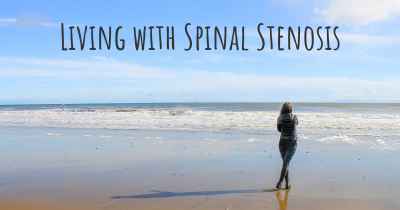How is Spinal Stenosis diagnosed?
See how Spinal Stenosis is diagnosed. Which specialists are essential to meet, what tests are needed and other useful information for the diagnosis of Spinal Stenosis
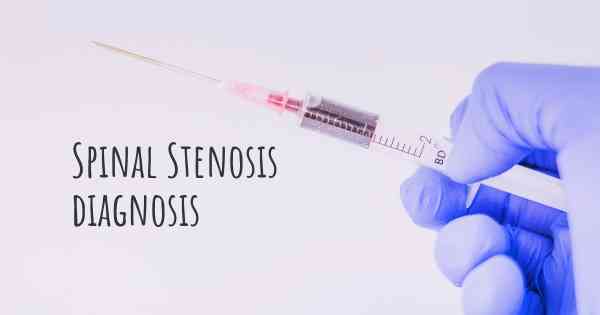
How is Spinal Stenosis Diagnosed?
Spinal stenosis is a condition characterized by the narrowing of the spinal canal, which can put pressure on the spinal cord and nerves. It commonly occurs in the neck (cervical stenosis) or lower back (lumbar stenosis). Diagnosing spinal stenosis involves a combination of medical history evaluation, physical examination, and diagnostic tests.
Medical History Evaluation
During the medical history evaluation, the healthcare provider will ask the patient about their symptoms, their duration, and any factors that worsen or alleviate the symptoms. They will also inquire about any previous injuries or conditions that may contribute to the development of spinal stenosis. This information helps the healthcare provider to understand the patient's specific situation and guide further diagnostic steps.
Physical Examination
A physical examination is conducted to assess the patient's overall health and to identify any physical signs that may indicate spinal stenosis. The healthcare provider will examine the patient's posture, gait, and range of motion. They may also perform specific tests to evaluate muscle strength, reflexes, and sensation in the affected areas. These tests help to identify any neurological deficits that may be associated with spinal stenosis.
Diagnostic Tests
Several diagnostic tests can be used to confirm the presence of spinal stenosis and determine its severity. These tests include:
- Imaging Tests: X-rays, magnetic resonance imaging (MRI), and computed tomography (CT) scans are commonly used to visualize the spine and identify any abnormalities. X-rays can show bone spurs or changes in the alignment of the spine, while MRI and CT scans provide detailed images of the spinal cord, nerves, and surrounding structures. These tests help to confirm the diagnosis of spinal stenosis and determine the extent of the narrowing.
- Electromyography (EMG): EMG measures the electrical activity of muscles and can help determine if there is nerve damage or compression. This test involves the insertion of small needles into the muscles to record their electrical signals. EMG can identify which specific nerves are affected and assess the severity of nerve dysfunction.
- Nerve Conduction Studies (NCS): NCS measures the speed and strength of electrical signals as they travel along the nerves. It can help determine if there is nerve damage or compression. NCS involves the placement of electrodes on the skin, which deliver small electrical impulses to stimulate the nerves. The response is then recorded, allowing the healthcare provider to evaluate nerve function.
By combining the information obtained from the medical history evaluation, physical examination, and diagnostic tests, healthcare providers can accurately diagnose spinal stenosis. This diagnosis is crucial for developing an appropriate treatment plan tailored to the individual patient's needs.
